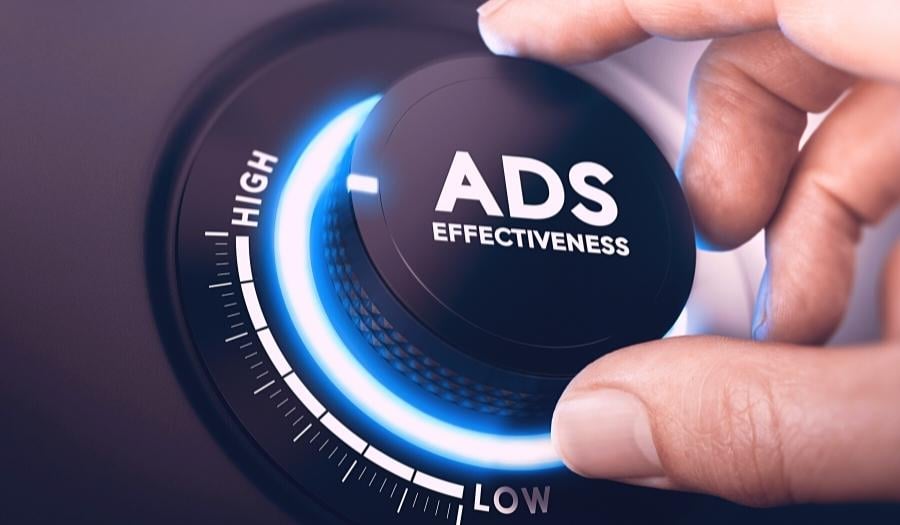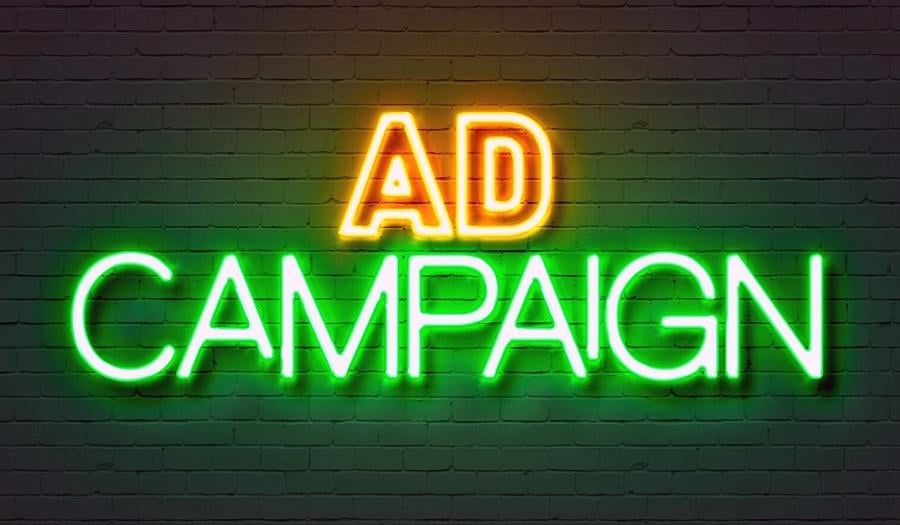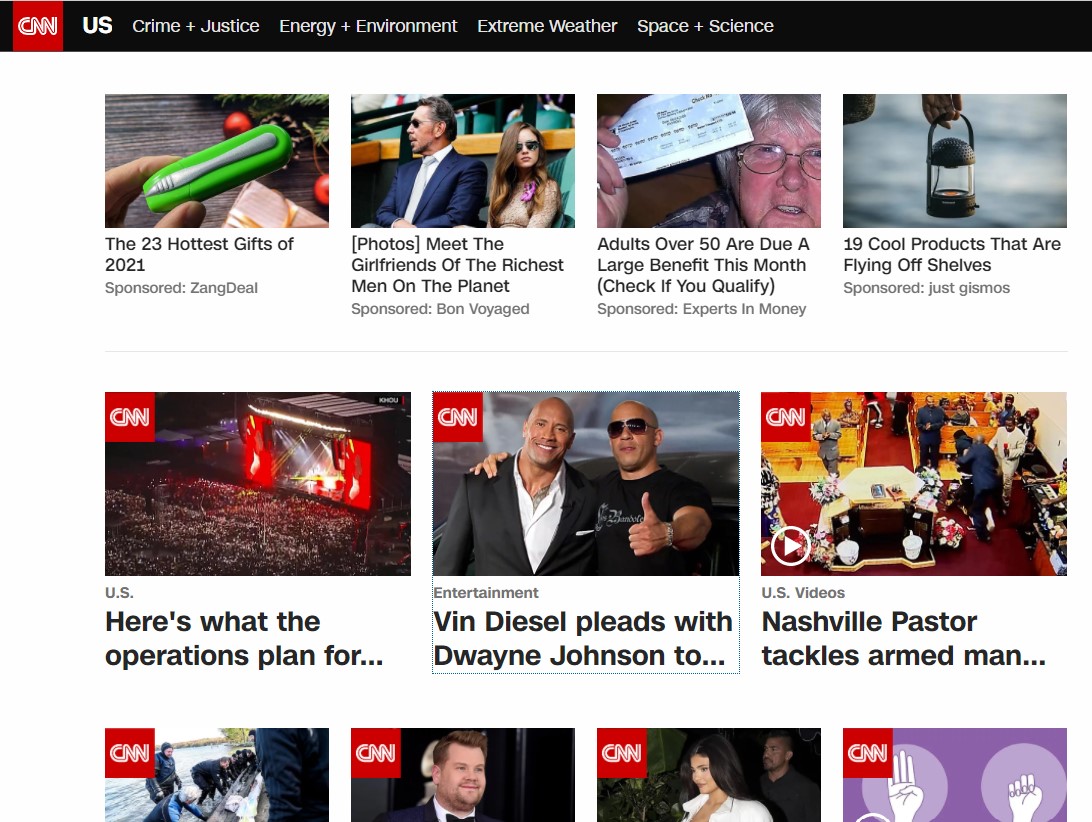In today's world, businesses are searching for better methods to advertise their goods and services.
They want to reach as many people as possible, but they are unsure how to go about it with many ad formats failing to deliver the needed results.
So where should marketers turn as social ad platforms become increasingly difficult to scale and get results?
The answer: native ads.

Marketers have been using traditional forms of advertising for years without much success. The problem with these forms of advertising is that they interrupt the flow of information on the website being viewed and are often seen as spammy or intrusive by consumers.
This lack of engagement has led to people blocking ads altogether on their browsers and using ad blockers on their mobile devices. In reality, though, people don't hate ads, they just dislike ads that are not relevant to what they need or are not targeted for them.
Native advertising has proven itself to be a great solution to this problem, allowing companies to embrace this ad format wholeheartedly.
But the question remains: why is native advertising an effective digital advertising technique? How come audiences prefer them over other ad types?
Let's enumerate the reasons:
#1. Native Ads is a soft sell, unlike banner ads and pop ads that are a hard sell.
This is because of the two steps of Native Advertising. The first is about value exchange, where the user is informed of what they are getting in exchange for their attention. Such information, however, must be appropriate to the type of content that's being shown by relating to it or complementing it.
The second step means that the ad will show its product or service in a more subtle way while still remaining informative.
Native ads are not "in-your-face" ads that convince you to make a purchase at the first touch. The approach is more subtle and allows the natural flow of customer interest.
Imagine yourself choosing between a marketer calmly discussing the benefits and features of a product, and another marketer who is insisting on telling you about his product using neon lights and a bullhorn. You’d surely be turned off with the latter.

#2. Native Ads have a high engagement rate because of the related topic.
Through native ads, companies can make sure their content is reaching an audience who may actually benefit from it instead of bombarding users who may hate it or simply ignore it.
For instance, if you are looking for vacation ideas on a travel website, you may see an ad about cruises next to it. If you are reading about fashion trends on a fashion magazine website, there is a high chance that you will see an ad for a new clothing line or perfume right beside it.
A perfect example is BuzzFeed, where you'll find their sponsored content under "BuzzFeed sponsored posts". It doesn't look too different from other articles on the website except for a small logo at the bottom right-hand corner that says "Sponsored". This allows BuzzFeed to deliver advertisements that are relevant to their audience, while at the same time also allowing a company to increase brand awareness. These ads also ensure that your company's brand is aligned with the right audience in a subtle yet effective way.
#3. Native ads follow the look of regular recommended articles.
Native ads are not like the usual banner ads that are colorful and stand out from the rest of the publishing website. They've been designed to align with the look, feel, and content of the site they are being displayed on, which helps get rid of banner ad blindness that is so common nowadays.
Even if the topic of the ad is different, the look follows the theme of the website to make sure the native ad feels part of the website, while remaining informative.
#4. Native ads are less intrusive.
We all know how annoying some ads can be—especially when they suddenly pop up in front of the content you are reading or when they are too distracting.
Native ads don't intrude into what users are doing. They are less obtrusive compared with banner ads that distract the reader from their primary purpose—reading the content. As such, audiences will be more likely to engage with them since they don't feel like they're being forced upon.
The content's atmosphere is preserved and allowed to deliver a powerful digital marketing message. It also means they won't scare away potential customers from clicking on them!

#5. Native ads "borrow" on the reputation of the publishing website.
Since the ad is displayed on a reputable website, that already builds trust with visitors. After all, why would this publishing website display an ad for something they themselves don't trust? (At least, that is the line of thinking.)
Readers usually trust the website they are reading the content from, and that trust they give the website trickles down to the ad being shown, seeing as audiences think they are actual website recommendations.
In a nutshell, native ads are more trustworthy than other types of ads today.
#6. False claims are not allowed by Ad Networks.
The reason why native ads' reputation doesn't go down is that traffic companies make sure the quality of their ads is maintained. They don't allow advertisers to display over-the-top claims on their ads—ads that are obviously clickbait and do not follow through with their promises.
Because ad networks have strict rules when it comes to what you can say and display, native ads continue to be better received by audiences, effectively combating ad fatigue and improving engagement rates over time.
The Bottom Line
The answer to the question of why is native advertising an effective digital advertising technique is pretty simple: the mode of delivery is better.
So if you're looking for a way to advertise your business that is less obtrusive and more trustworthy, native advertising might be the right choice. Native ads are designed specifically to align with the look and feel of the website where they will appear on so as not to get too distracting or annoying.
In addition, because these advertisements borrow from the reputation of their publishing website, audiences trust them even more than other types of digital marketing messages today. This means that companies using this technique have a higher chance of getting results without having to bombard users with intrusive content!
How native ads work does not involve rocket science; just a simple understanding of the human psyche. If you need more information on using marketing psychology to better understand and reach out to your audience, have a look at some of our marketing articles below:
How to Use Social Influence to Steer Your Customers Towards a Purchase
Encourage purchase through the Mere Exposure Effect or the Familiarity Principle
How to use Shocking Ads to Raise Sales and Brand Awareness
The bottom line: if you want something different in terms of how you reach new customers online—try out native advertising!
But if you're already using native ads but are having trouble having to manage ads from multiple networks, try our platform. We can help you launch and manage all your marketing campaigns on a single platform. Book a demo now to see how it works.

